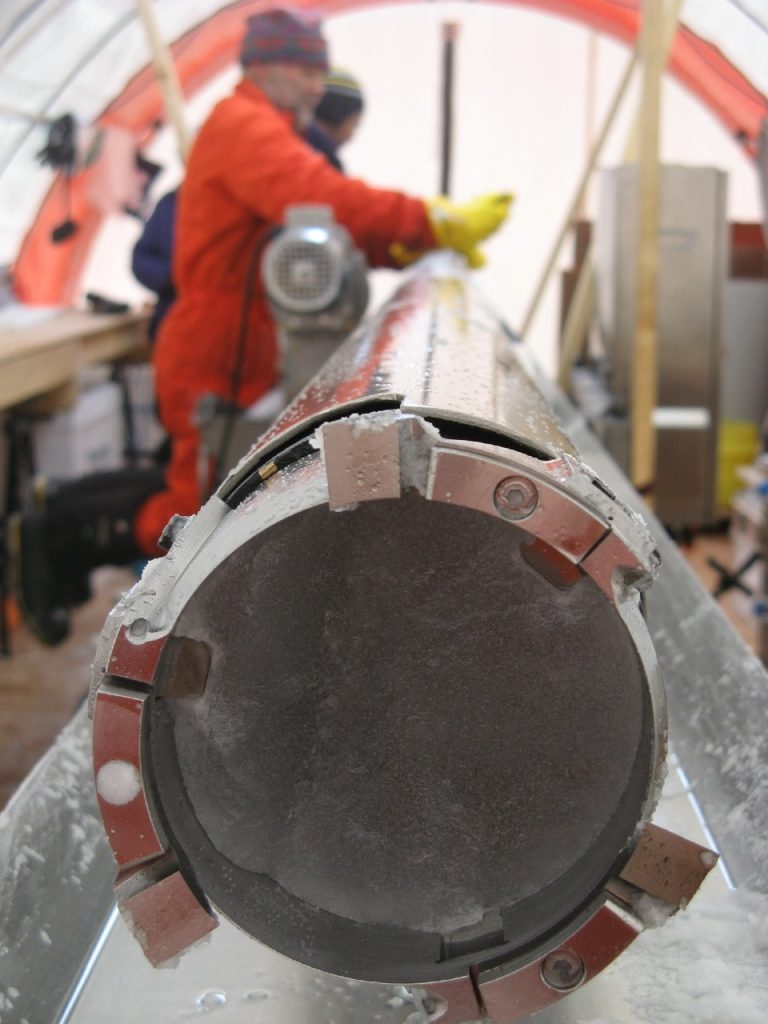Ocean winds keep Australia dry and Antarctica cold
New research explains why Antarctica is not warming as much as other continents, and why southern Australia is recording more droughts.
Analysis of Antarctic ice cores, published this week in Nature Climate Change, reveals that rising levels of carbon dioxide in the atmosphere are strengthening the stormy Southern Ocean winds which deliver rain to southern Australia, but pushing them further south towards Antarctica.
Study co-author Dr Robert Mulvaney, from British Antarctic Survey says: “The strengthening of these westerly winds helps us to explain why large parts of the Antarctic continent are not yet showing evidence of climate warming.”

Lead researcher Nerilie Abram, from the Australian National University, said: “With greenhouse warming, Antarctica is actually stealing more of Australia’s rainfall. It’s not good news – as greenhouse gases continue to rise we’ll get fewer storms chased up into Australia.”
“As the westerly winds are getting tighter they’re actually trapping more of the cold air over Antarctica,” Abram said. “This is why Antarctica has bucked the trend. Every other continent is warming, and the Arctic is warming fastest of anywhere on earth.”
While most of Antarctica is remaining cold, rapid increases in summer ice melt, glacier retreat and ice shelf collapses are being observed along the Antarctic Peninsula, where the stronger winds passing through Drake Passage are making the climate warm exceptionally quickly.
Until this study climate observations of the westerly winds were available only from the middle of the last century.
By analysing ice cores from Antarctica, along with data from tree rings and lakes in South America, Dr Abram and her colleagues were able to extend the history of the westerly winds back over the last millennium.
“The Southern Ocean winds are now stronger than at any other time in the past 1,000 years” Abram added.
The paper, Evolution of the Southern Annular Mode during the past millennium is published by Nature Climate Change.
BAS contact:
Paul Seagrove, tel: +44 (0)1223 221414; +44 (0)7736 921693) email: psea@bas.ac.uk
